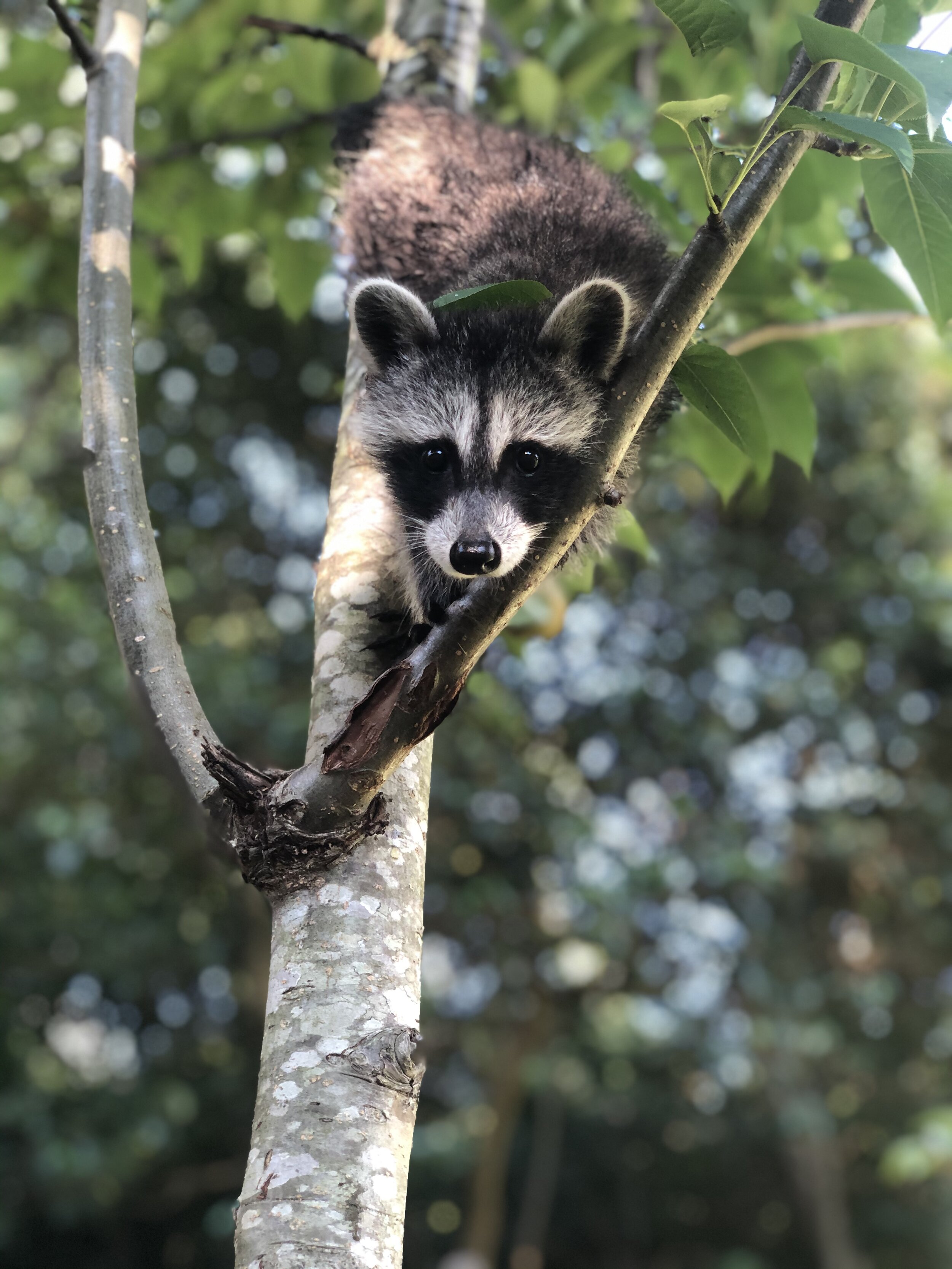The Role of Burlington Wildlife Rescue in Supporting Endangered Species
The Role of Burlington Wildlife Rescue in Supporting Endangered Species
Blog Article
Effective Wild Animals Removal Approaches for a Peaceful Home Environment
In the pursuit of preserving a peaceful living space, house owners often encounter the challenge of wildlife invasions, which can disrupt the serenity of their setting. Applying reliable wild animals elimination strategies needs a nuanced understanding of both humane exclusion methods and preventative steps. By addressing entrance points and decreasing attractants, one can substantially reduce the probability of unwelcome guests. Nevertheless, the intricacy of these methods commonly requires a better evaluation of specific techniques and the prospective requirement for professional treatment. What are the key parts of these methods, and when should one think about looking for professional support?
Identifying Common Wildlife Intruders
Recognizing common wild animals burglars is a critical primary step in efficient wild animals administration. Recognizing the certain species that often penetrate domestic and business rooms enables homeowner and wild animals professionals to carry out targeted strategies for mitigating prospective damages and health risks. Common burglars usually consist of raccoons, squirrels, bats, and numerous varieties of rats and birds, each bringing unique challenges.
Bats, while beneficial for controlling insect populaces, can come to be an annoyance when they roost in attics, potentially spreading diseases such as histoplasmosis. Birds, including sparrows and pigeons, commonly produce unsanitary problems with their droppings, leading to architectural deterioration and health concerns - burlington animal control.
Humane Exclusion Strategies
Recognizing the typical wildlife burglars is the foundation upon which reliable exclusion techniques are built. Recognizing types such as birds, squirrels, and raccoons assists in developing gentle exemption techniques customized to particular actions and entrance approaches. Exclusion is a preventative technique aimed at refuting wildlife accessibility to homes and residential properties, hence lowering the requirement for even more intrusive procedures.
The cornerstone of gentle exemption entails securing prospective access points. This includes fixing openings in wall surfaces, roofs, and foundations, along with mounting chimney caps and vent covers. For smaller sized intruders like mice and bats, making use of products such as steel wool and caulk to seal spaces is crucial. Furthermore, making certain that home windows and doors are safe, which screens are undamaged, can better discourage access.
Installing ultrasonic devices or motion-activated lights can discourage nighttime wild animals. These exclusion methods not just secure the home atmosphere however also value the wild animals, allowing them to thrive in their natural environments without injury.
Safe Capturing Techniques
When exemption methods want, risk-free capturing methods become a needed recourse in wild animals administration. Trapping, when executed appropriately, uses a humane and effective methods of attending to an instant wildlife trouble while ensuring minimal stress and anxiety and harm to the animal. This strategy needs an understanding of both the habits of the target varieties and the moral considerations included in wild animals handling.
These catches need to be examined often to stop excessive stress and anxiety or injury to the caught wildlife. It is crucial to comply with regional guidelines pertaining to trapping and moving to make certain conformity with legal standards and wildlife conservation principles.
Furthermore, bait option and positioning are important parts in making certain successful trapping. Lure must be selected based upon the nutritional choices of the target types and tactically straight from the source positioned to draw the pet into the trap. When entraped, the animal must be managed with care, using safety gear if necessary, to promote risk-free transportation and launch, therefore preserving a balanced environment and a serene home setting.
Preventative Home Modifications
While secure capturing methods address instant wildlife issues, long-term remedies usually require preventative home adjustments to deter animals from entering human areas. Carrying out these alterations not only boosts the safety and convenience of your living atmosphere but additionally lowers the possibility of future wild animals breaches.
An essential element of preventative approaches is sealing prospective access points. This entails examining and fixing any kind of gaps or splits in the foundation, walls, and roof covering, as these can end up being accessibility routes for wildlife. Setting up smokeshaft caps and fixing broken vents can stop birds, bats, and rats from acquiring entrance. Securing doors and windows with weather stripping and mesh screens adds an additional layer of protection.
Landscape design modifications can likewise function as efficient deterrents. Trimming tree branches that overhang the roofing system and eliminating debris heaps can remove courses and environments that draw in wild animals. Keeping a tidy yard by safeguarding trash can and garden compost piles dissuades scavengers such as raccoons and opossums.

## When to Call Professionals
Specialist intervention ends up pop over here being vital in circumstances where wildlife problems surpass the range of Do it yourself options. Homeowners may encounter circumstances where the complexity or danger of the wild animals trouble demands professional competence.
Additionally, invasions involving protected or jeopardized varieties require a nuanced method to abide by lawful laws. Experts are outfitted with the necessary permits and comprehend the legal frameworks regulating the handling of such varieties. This ensures that elimination is carried out fairly and within legal limits.

Last but not least, when wild animals positions a consistent problem in spite of repeated do it yourself initiatives, professional services can supply extensive examination and lasting options tailored to stop reappearance - animal control Burlington. Their know-how not Continued just resolves the instant concern yet also safeguards the home atmosphere in the future
Final Thought
Implementing effective wildlife removal methods is important for keeping a tranquil home environment. With each other, these approaches develop an unified living area cost-free from wildlife disruptions.

These exclusion methods not just safeguard the home environment but also value the wild animals, permitting them to grow in their all-natural habitats without harm.
Applying effective wild animals elimination approaches is vital for preserving a calm home environment.
Report this page